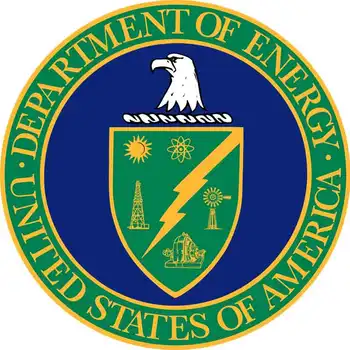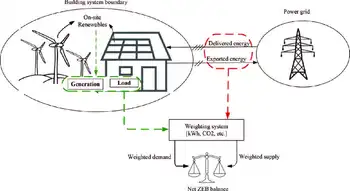Ontario seriously considers new nuclear construction
TORONTO, ONTARIO - Energy Minister Dwight Duncan is saying that Ontario will probably have to build more nuclear generating stations.
He sees a need for them not because the province is going to shut down all coal-fired generating stations by 2009. As is plain from recent announcements and from the website of the Independent Electricity System Operator at http://www.theimo.com, there will be enough new projects to replace the coal-fired stations.
No, the reason for Duncan's concern is that existing nuclear reactors will reach the end of their life expectancy in 2020. If their 11,834 megawatt generating capacity is to be replaced with new nuclear plants, the decision must be made immediately, because construction takes 12 to 15 years.
It's easy to see Duncan's dilemma. Building nuclear plants looks like a sure bet for securing supplies of electricity. But it will come at a tremendous cost, and a lot of opposition from people wary of the danger associated with nuclear plants, who are leery of the pollution created by nuclear waste, or who are concerned about the long history of glitches and questionable reliability at Ontario's plants.
The standard CANDU nuclear station, with eight units and a generating capacity of 5,600 megawatts, sells for $16 billion. Atomic Energy of Canada Ltd. says it is designing an advanced CANDU with the same capacity that will sell for $12 billion. But even if the advanced reactors can be designed in time, Ontario's experience suggests there will be large cost overruns, and long construction delays.
So building nuclear plants is not such a sure bet.
However, there are alternatives. Let me mention just one partial option: domestic furnaces to heat and cool homes, and, at the same time, generate electricity. Versions of such furnaces are used in Europe and Japan, and information about them can be found on the Internet under "micro co-gen," and "micro chp" (for central heat and power).
Micro co-generation furnaces would cost roughly $10,000 to $14,000. If they were installed in only half of Ontario's 2.5 million detached, single-family homes over the next 15 years, they would generate about 3,750 megawatts of electricity (assuming each generated an average of 3 kilowatts), mainly during hours of peak demand. Add to that 1,350 megawatts that Ontario's Clean Air Alliance estimates could be saved immediately through conservation, plus another 338 megawatts in reduced transmission losses, because less electricity would be piped into each home from the provincial grid and — voila! — the need for an entire, eight-unit nuclear station would be eliminated.
The cost of installing the furnaces would be comparable to the price quoted for a nuclear plant. But homeowners could recover their outlay within seven years, if the province gave them credit for the electricity they produced at the going rate paid to other producers (which is higher than the subsidized price consumers pay). Financial incentives would make the recovery time even more attractive.
This is not new and risky technology, but it does demand that the province move to a decentralized system of electricity production. And that's a battle it has yet to win over the bureaucratic establishment.
Related News

U.S. Announces $28 Million To Advance And Deploy Hydropower Technology
WASHINGTON - The U.S. Department of Energy (DOE) today announced more than $28 million across three funding opportunities to support research and development projects that will advance and preserve hydropower as a critical source of clean energy. Funded through President Biden’s Bipartisan Infrastructure Law, this funding will support the expansion of low-impact hydropower (such as retrofits for dams that do not produce power) and pumped storage hydropower, the development of new pumped storage hydropower facilities, and engagement with key voices on issues like hydropower fleet modernization, sustainability, and environmental impacts. President Biden’s Inflation Reduction Act also includes a standalone tax…




